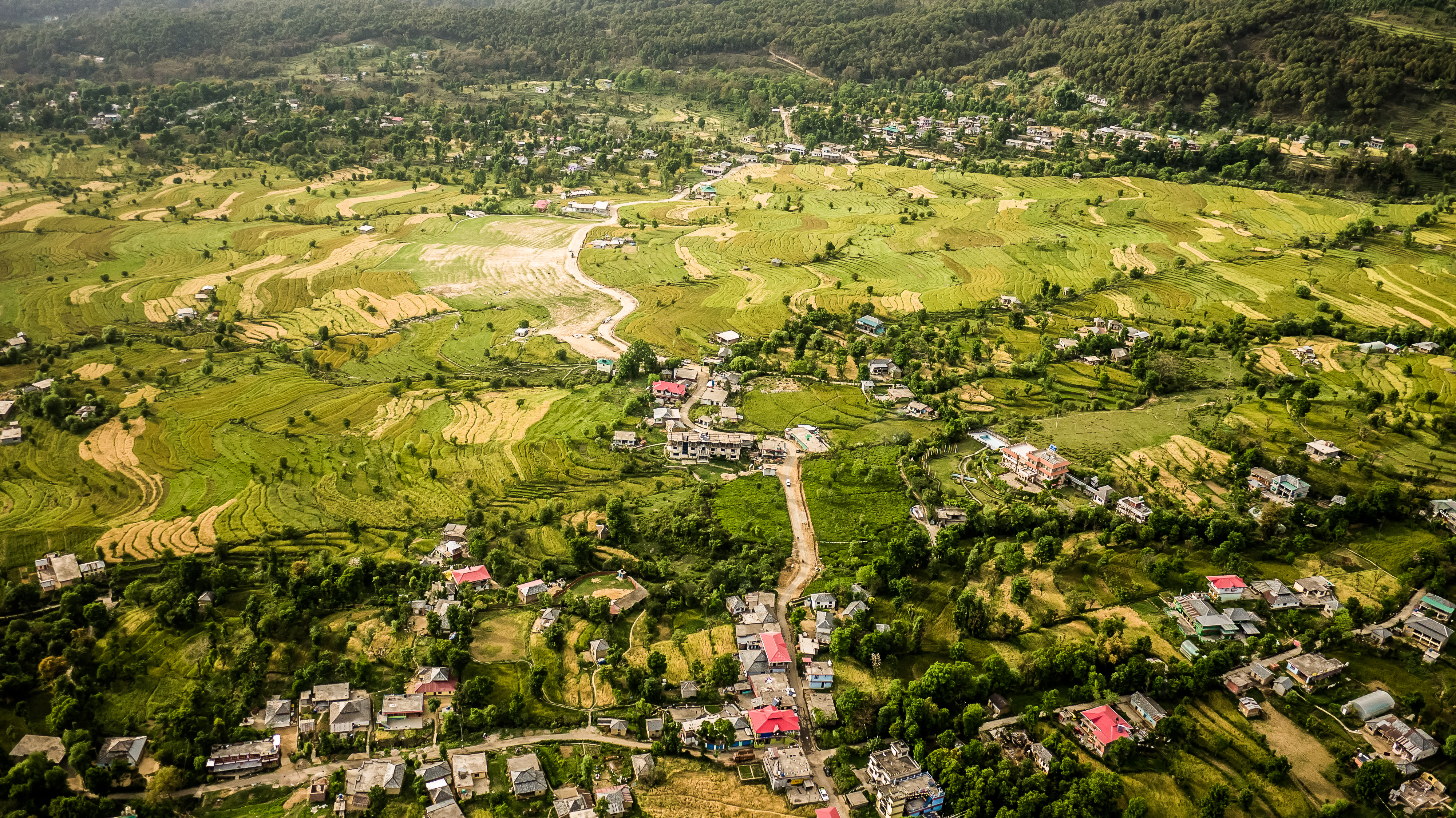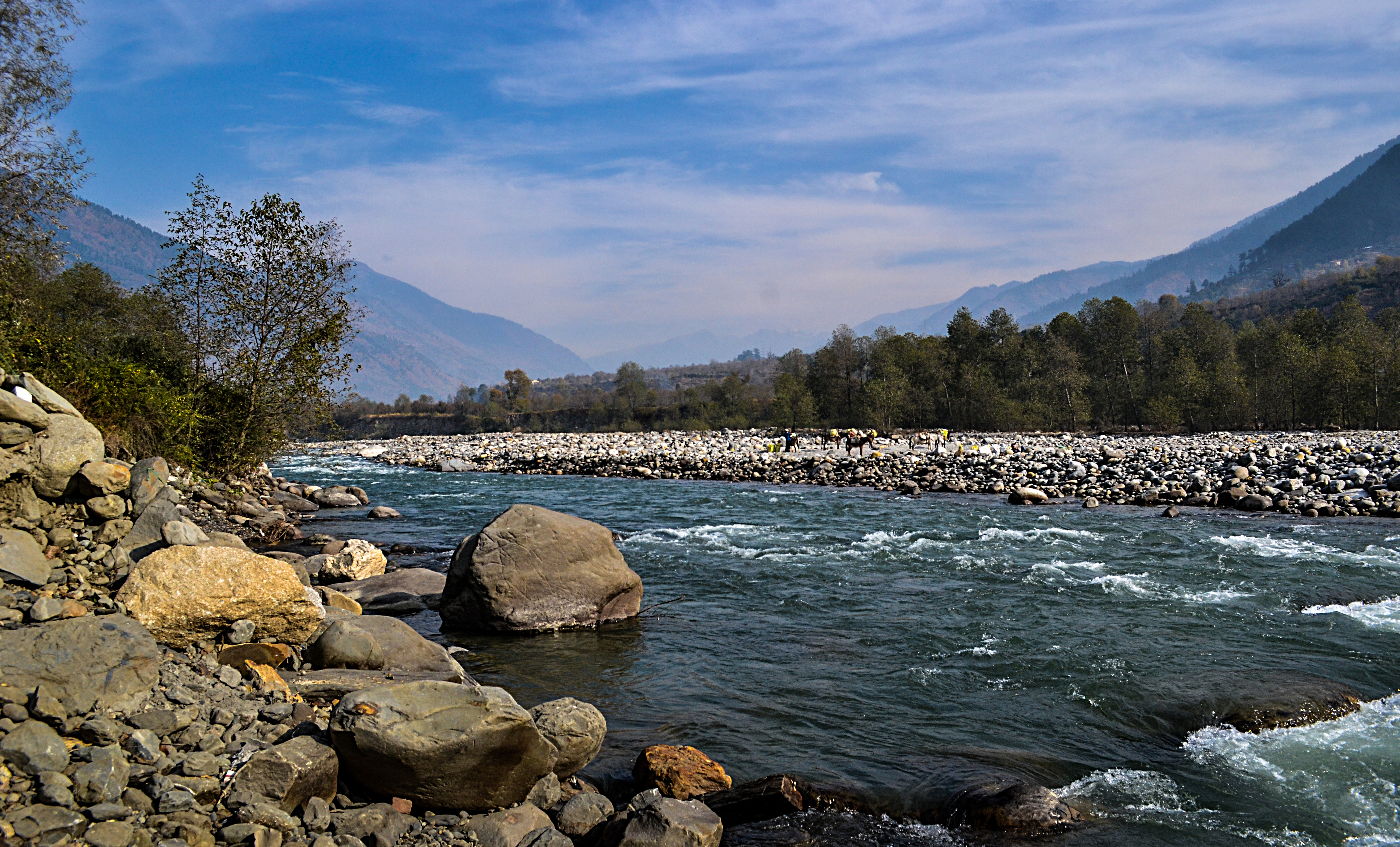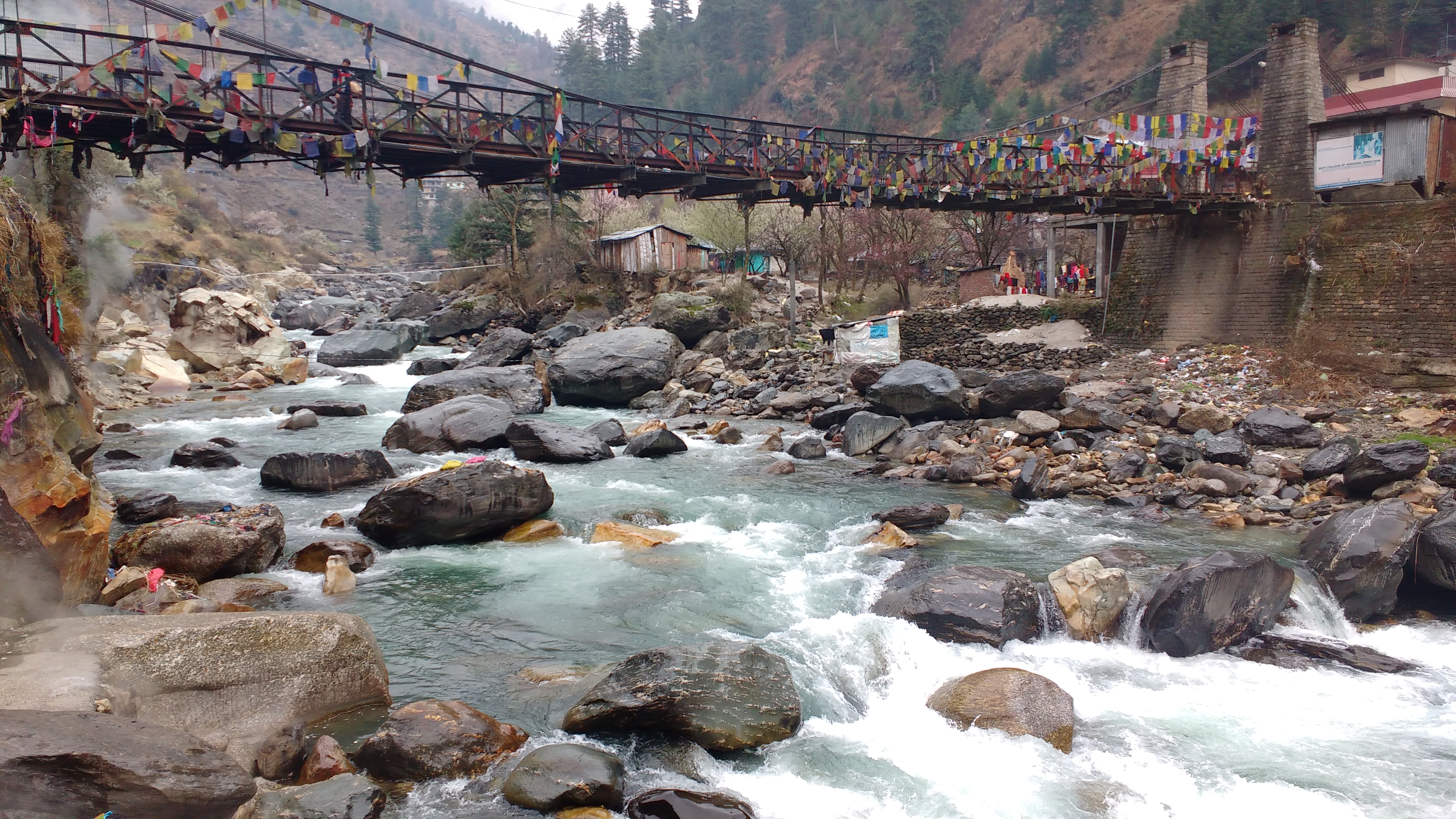The history of Himachal Pradesh is as ancient as the history of human existence. The proof of this fact is found in the excavations found in different parts of Himachal Pradesh. In ancient times, the inhabitants of this region were known as Das, Dasyu and Nishad. In the nineteenth century, Ranjit Singh merged many parts of this region into his kingdom. When the British came here, they defeated the Gorkha people and converged the kingdoms of some kings into their empire.





Establishment of Shimla Hill States

Till 1945 AD, the state boards had been formed all over the state. In 1946, all the public bodies were included in HHRC and established at Headquarter Mandi. The Chairman of Mandi, Swami Purananda was appointed by the President, Padmadev as Secretary and Shiv Nand Ramaul (Sirmaur) as Joint Secretary. HHSRC elections were held in Nahan in 1946, in which Yashwant Singh Parmar was elected president. Shimla Hills States Union was established in January, 1947 under the chairmanship of King Durga Chand (Bighat).
In January, 1948, its conference was held in Solan. The construction of Himachal Pradesh was announced at this conference. On the other side, there was a conference of the people of Shimla in the People's Circle, in which Yashwant Singh Parmar stressed that the construction of Himachal Pradesh is possible only when power is handed over to the people of the state and the state. Himalayan Plant Government was established under the chairmanship of Shivanand Ramaul, whose headquarters was at Shimla. March 2, 1948 AD.
The conference of the kings of Shimla Hill State was held in Delhi. Raja Jogendra Sen was the king of the Mandi. These kings signed an agreement on 8 March 1948 to join Himachal Pradesh. On April 15, 1948, the state of Himachal Pradesh was built. At that time the state was divided into four districts and Punjab Hill States was named Patiala and East Punjab State. In the year 1948 AD, the Nalagarh principality of Solan was included.In April 1948, the state was made a Union Territory comprising about 30 princely states spread over 27,000 sq km of this area.
Geography Of Himachal Pradesh

Main article: Geography of Himachal Pradesh
Himachal Pradesh is part of the Shiwalik range of Himalaya Mountains. Ghaggar river flows from the Shivalik mountain range only. Other major rivers in the state include Sutlej and Vyas. HimachalThe northernmost part of the Himachal Pradesh is an extension of the cold desert of Ladakh and is in the Spiti subdivision of Lahaul and Spiti district. Himalaya's three main mountain ranges, the Great Himalayas, the small Himalayas,
Those who are called 'Nagabhusha' in Dauladhar and Uttaranchal in Himachal and Shivalik ranges in the north-south direction, are situated in this Himalayan section. The mountains from 1000 to 2000 meters in the small Himalayas are the main attraction centers for the British administration.
Rivers in Himachal Pradesh:

Five major rivers flow in Himachal Pradesh There are five rivers flowing in Himachal Pradesh and small canals are twelve mummies. Their sources are located in snow-covered hills. Four of the five rivers flowing in Himachal Pradesh get mention in Rig Veda.
Ravi River:
The ancient name of the river Ravi is 'Iravati and Paroshni'. Ravi River branch of Dhauladhar chain of central Himalayas comes out from the big bridges. Ravi river is made up of 'Bhadal' and 'Tantagiri' consisting of two pits. These pits are made from melting snow. This river enters Punjab (India) near Chamba near Khedi and enters Pakistan from Punjab. This bharmour and Chamba flows in the city. This is a very rough river.
Beas river:
The old name of the river Beas was 'Arjikiya' or 'Vipasha'. It comes out from the diameter of the Kullu in Kullu. Vyas Kund is located in the Rohtang Pass located in the Pir Panjal mountain range. It flows in Kullu, Mandi, Hamirpur and Kangra. Kangra goes to Murthal near Punjab. Manali, Kullu, Bajaura, Oot, Pandoh, Mandi, Suzanpur Tehra, Nadun and Dehra Gopipur are its major coastal places. Its total length is 460 km. Its length is 260 km in Himachal. Parli, Parvati, Pin, Malan-Nala, Fozal, Sarvari and Sage are its tributaries in Kullu. The tributaries of Kangra are Binwa neagal, yard and mill. This river is named after Maharshi Beas. It is one of the life-giving rivers of the state.
Chenab River:
Chinab river is a river flowing in Punjab state of Jammu and Kashmir. It is the largest river in the state in terms of water density. This river is formed from the ocean floor at an elevation of 4900 meters above the Baralacha Pass (Lahoul Spiti) near the place called Chandi and Bhaga rivers at the place called Tangi. This river has been referred to as 'Ashwini' in Vedic literature.
Gardening in Himachal Pradesh:

Nature has provided extensive agricultural climate conditions to Himachal Pradesh, which has helped farmers to grow diverse fruits. The major fruits under horticulture are apple, pear, peach, berry, khumani, kernal fruits, lemon species fruits, mango, litchi, guava and strawberry etc. In 1950, only 792 hectare area was under horticulture, which has increased to 2.23 lakh hectares. Similarly, in 1950, production of fruits was 1200 MT, which increased to 6.95 MT in 2007.
Tourism Place In Himachal Pradesh:

The tourism industry has given high priority in Himachal Pradesh and the Himachal government has developed a proper framework for its development which includes public utility services, roads, communication system airport transport services, water supply and public health services. State tourism development corporation contributes 10 percent of state's income. The state has a rich reservoir of places of pilgrimage and psychological importance. The state has the distinction of being the home of the Rishis of Vyas, Parashar, Vashishth, Markandeya and Lomash. The sources of hot water, historical castle, natural and man-made lakes, uncharted Vichreta shepherds are the source of unlimited happiness and joy for tourists.
Tourist Attractions In Himachal Pradesh:
Chamba Valley:
At the height of Chamba Valley (915 meters), Ravi is on the right bank of the river. Being the reign of monarchy in ancient times, it is almost a centenary state and its history dates back to the 6th century. It is known as a base for its grand architecture and many exciting trips.
Dalhousie:
Dalhousie, in western Himachal Pradesh, is filled with the things of the old world and here the scope of the monarchy era is scattered. It spreads about 14 sq km, and there are 5 hills named Katha people, Vaatra, Tehra, Bakrota and Baloom. It was built in the 19th century after the name of Lord Dalhousie, the British Governor General.
Dharamsala:
Dharamsala's height is between 1,250 meters (4,400 feet) and 2,000 meters (6,460 feet). It is known for its natural beauty, where high trees of pine, tea plantations and timber growing trees appear here with height, peace and purity.
Manali:
Manali is situated near the tip of the valley on the national highway leading to Leh, only 40 km away from Kullu in the north. This is a favorite place for those who climb on Lahul, Spiti, Barah Bhangal (Kangra) and Janskar mountain range. From the temples to the unique things, the panoramic views and thrilling activities from here make Manali popular among all weather and all types of travelers.
Kullu:
The Kullu valley was first called the Kulundpith. The word ninth word literally means end of living world. Kullu valley is the valley of deities in India. Temples, apple gardens and Dussehra attract thousands of tourists to Kullu. The local handicrafts here are the biggest feature of Kullu.
Shimla:
In Himachal Pradesh's capital and British time, summer capital Shimla is the most important tourist center of the state. The name here is named after Goddess Shyamala, which is the incarnation of Kali. Shimla is situated at an altitude of about 7267 feet and is inhabited in semi-circle shape. Here the beautiful view of the valley is visible and the peaks of the great Himalayan mountain are visible all around. Shimla is spread over a hill which is around 12 square kilometers.
In its neighborhood, there are dense jungle and crooked paths where there are scenic views at every turn. It is also a modern commercial center. Shimla is an important tourist destination in the world. Here every year, a large number of people from abroad and abroad come to visit. In the snow-covered hills, there are beautiful scenes that attract visitors to visit again and again. The Shimla Museum is an outstanding sample of the art and culture of Himachal Pradesh,
In which various artifacts, especially architecture, mountain pen, astral art, carvings on timber, ornaments and other pieces are stored. Shimla has a number of study centers in addition to the scenic spots, in which the Indian High Studies Center, built in 1884-88 by Lord Dufferin, is very famous. There are also some historic government buildings, such as the Warnes Court, the Garten Castle and the Viceragle Lodge, which are also a great place to visit. Chadwick Waterfall is also a famous tourist spot.
Himachal Pradesh's district-
Comments
Post a Comment
Thanks For Comment